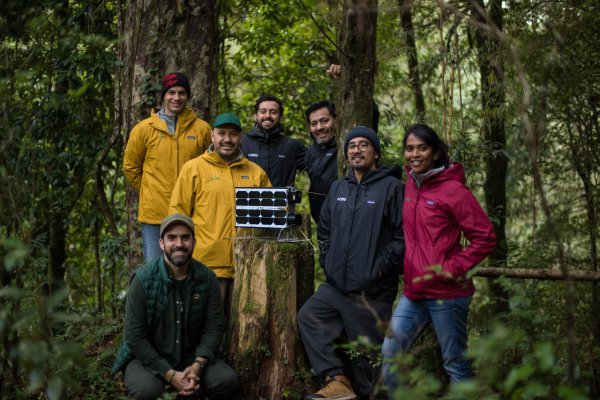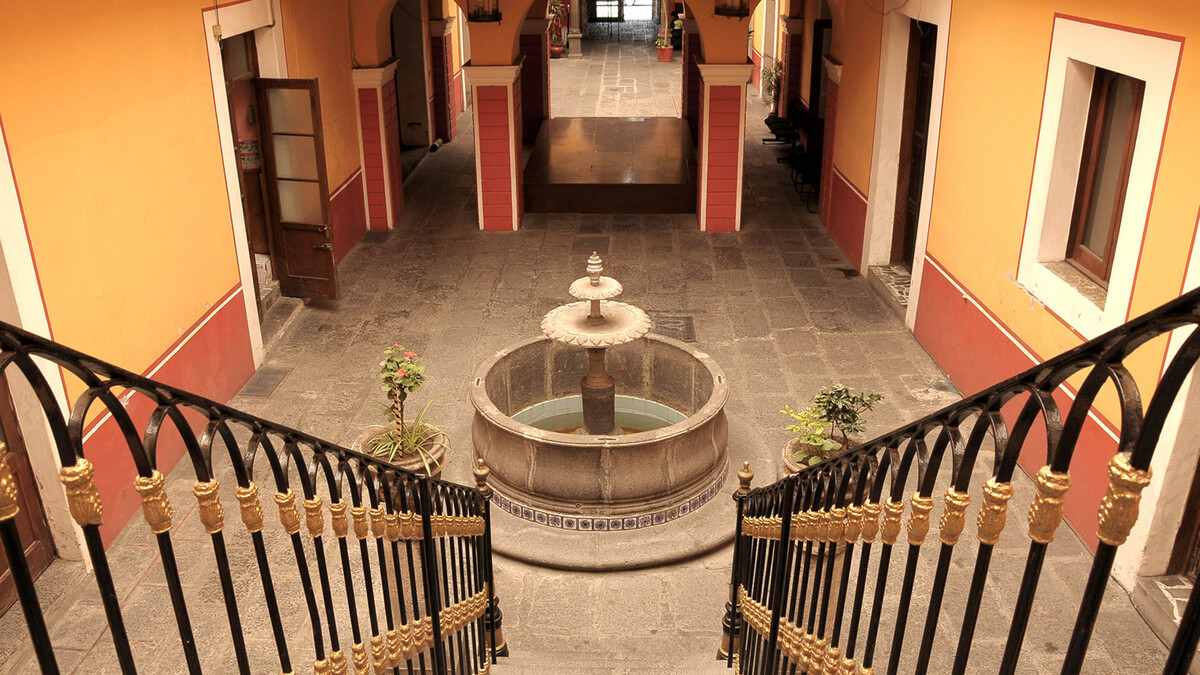From Glasgow, the founder of Odd Industries revealed the details of his latest project: the launch of Lemu Nge, a nano-satellite that will be designed and manufactured by NanoAvionics, in Lithuania. It will be the first private satellite in the country.
Leo Prieto waited to arrive in Scotland, to give the announcement in full United Nations Conference on Climate Change (COP26), in Scotland: the launch of Lemu Nge, a hyperspectral nano-satellite dedicated to the observation of biodiversity.
“We are proud to announce, here at COP 26 in Glasgow, that Lemu Nge is finally in production with a launch date scheduled for early 2023,” says Leo Prieto, founder and CEO of Chilean technology firm Odd Industries from Europe. , specialized in computer vision and artificial intelligence.
It will be the first private satellite in the country.
The size of a shoe box
The latest Odd Industries project announced in July – Prieto has defined it as “the most ambitious of all” – is called Lemu, which, according to what he said at the time, “It is the only atlas of the world’s biosphere that aims to reverse our environmental crises making ecosystem conservation and restoration the best possible investment. “
From that platform is where Lemu Nge is born.
“Our ‘Sky to Ground’ strategy begins with satellites, the only efficient way to measure the 51 billion hectares of the Earth’s surface,” says Leo Prieto, founder and CEO of Lemu.
“From the beginning it became clear that to accelerate the development of our machine vision models for Earth observation, we needed to have our own sensor in orbit. It had to be small – no bigger than a shoe box – to minimize the emissions and the energy needed to put it into orbit, but at the same time it had to be more powerful than what was currently available to us, with the flexibility to experiment in the future, “adds Prieto.
Eye of the forest
To baptize this project, Leo Prieto’s team selected a series of words and concepts in Mapudungun. Until, they say, they found the right one: Lemu Nge means “Eye of the Forest.” That, they say, defines what it is: a high-resolution hyperspectral imager optimized for Earth observation. Its 32 bands in the spectral range of 450 to 900 nm and a ground sampling distance (GSD) resolution of 4.75 m will allow Lemu to segment land cover and vegetation biodiversity in unusual detail using computer vision. .
This – explains his project statement – “will be essential to help reduce deforestation and degradation of ecosystems and increase the success of reforestation and restoration efforts, improving Lemu’s ability to accurately measure carbon sequestration and other nature-based solutions “.
Sangeetha Narayan, Lemu Co-Founder and Chief Product Officer, puts it this way: “We greatly value the data provided by NASA and ESA satellites, and we do not expect Lemu Nge to replace the variety and volume of geospatial data sources. we are using today, something that should only continue to grow as the diversity of data helps us reduce bias. ” And he adds: “But for some of our most critical measurements, this satellite will provide us with more than 20 times the resolution that we currently have at our disposal. And just as we can access the data that others share, we will also make our data available to those who are interested in the nature conservation community. “
Launch by SpaceX
Regarding the technical details, Lemu Nge will have a software-defined solar synchronous orbit (SSO), allowing it to achieve revisit rates of 1 to 7 days, thanks to its liquid metal ion propellant. This same propulsion system will also allow Lemu to safely deorbit the satellite when its mission is completed, leaving no space debris and disintegrating the spacecraft into stardust, a topic of great relevance to the Odd Industries team looking for alternatives to protect. the planet.
Lemu Nge is a 6U (6L) nano-satellite that will be designed and manufactured by NanoAvionics – satellite manufacturer of Vilnius University, Lithuania -, with an imager supplied by Simera of South Africa, and the launch provided by none other than SpaceX, the American company of the South African magnate Elon Musk, in a reusable Falcon 9 rocket in the USA.



:quality(85)/cloudfront-us-east-1.images.arcpublishing.com/infobae/JVEG643FOJGGJFSNY3RS7DZM4I.jpg)

